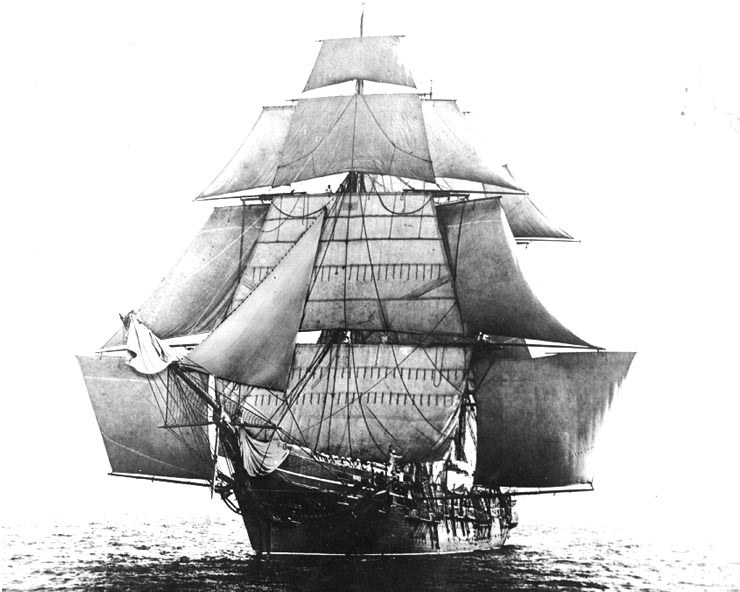Studding and Storm Sails,
and Line-Change Concepts for Multi-r
and Line-Change Concepts for Multi-r
Send
AWE notes and topic replies to editor@upperwindpower.com
Studding and Storm Sails, and Line-Change Concepts for Multi-r
[Back-note-The recent depiction of kite stacks are topologically similar to previous 3r versions. Instead of the passive AoA mechanism, active modulated AOA was shown. This adds the capability to input pilot-wave control to what would other wise be chaotic or weak spontaneous oscillation. Overall multi-r layout seems securely essential, but optimal details are less certain.]
The unsettled concern for large AWES superlattices is low-wind and high-wind limits. We should conservatively presume a quiver of sails and aggressive sail changes may key practice, after the model of sailing practice. No one-AWES-does-it-all design can cover the whole wind range.
It seems wise to design for minimal flight in as little wind as 3m/sec, with significant power generation at 5m/sec. The sailing similarity case is clear, that it pays to be able to operate in highly probable low-wind, but it takes special effort in the setting of extra sail, like these traditional studding sails:
At the high-wind limit, its equally clear that storm sails serve well. They are built stronger, set easily, and maintain max power in flat water.
[[IMAGE Linking into Bob Sadler's image]] 
To adapt to any wind condition Kite Flyers are accustomed to changing kite lines to heavier or lighter sets, as well as changing kites when possible. We should keep open the option of radical line-set changes for maximum capacity-factor. We should be ready to drop stages of sails to keep an upper lifter layer flying in light-air or circle-towing at minimum power.
A dynamic sail furling approach has great potential, with almost the full range of sailable winds, and least sailing labor, but some loss of extreme wind range that pure light-air and heavy-air sails can provide-
Reliable, Top-Down Furling Exclusively For Helix Code Sails
